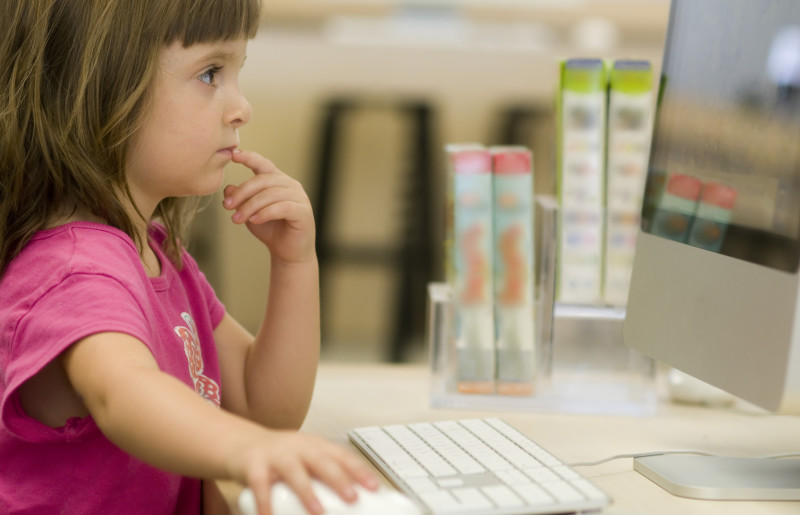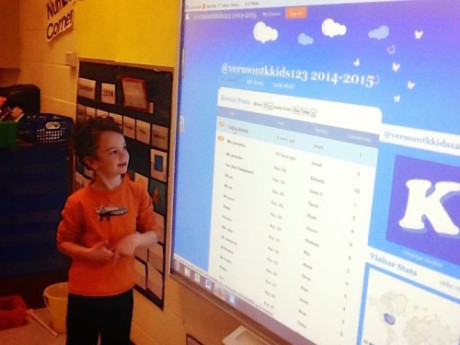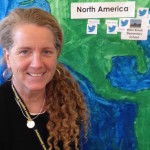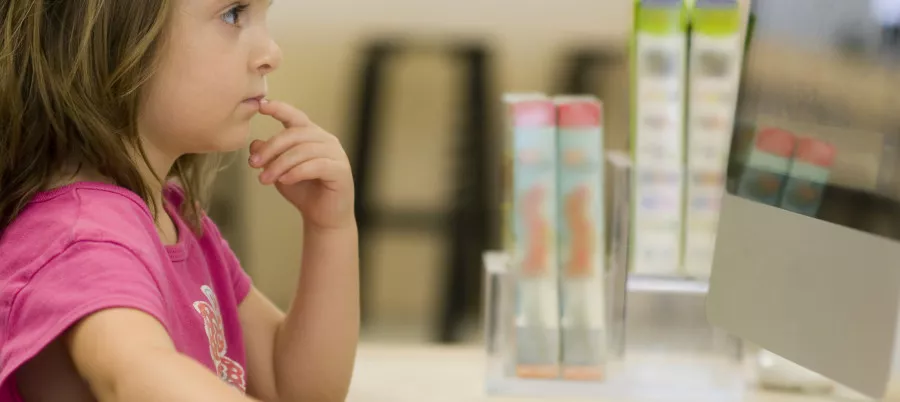 For me, the most important thing about digital tools in the classroom is their ability to support and enhance learning, and how they can help my students to share their voices globally. My kindergartners have amazing ideas and are always excited to share and ask questions about what they are exploring.
For me, the most important thing about digital tools in the classroom is their ability to support and enhance learning, and how they can help my students to share their voices globally. My kindergartners have amazing ideas and are always excited to share and ask questions about what they are exploring.
Digital tools offer endless ways for them to share their learning—with each other, with their families, and with the world. This is possible through the use of digital tools that offer ways to enhance and engage in conversations. Conversations are where we, as educators, have the opportunity to listen to our students’ voices. It’s where we get to the heart of our work.
Here are some tips for meeting these goals:
Teach your students to be safe, kind, and responsible digital citizens! My students created their own avatars to use online with Doodle Buddy on our iPads. These are the identities they use on our Kidblogs too. For us, digital citizenship inside and outside the classroom comes down to three rules:
- We are kids so we do not use our real names with our real photos.
- We share only kind things about what we are learning.
- We always check with an adult before using the Internet.
Think about Twitter as a place for conversation. My class took a walk outside recently and we sat quietly under some trees, listening to the birds. Later we talked about how birds “tweet” and have conversations from trees with each other. Then we began sharing how we will have conversations with each other and the world, and I introduced Twitter as a way to “tweet” or share what we feel is important with the world—just like the birds. In my classroom, we keep our Twitter page open throughout our busy day together. This way, if we have something important to say, we can tweet it to others! After we tweet with our digital blue bird, my students get a paper bird to bring home and share with their parents what we tweeted. We also have discovered that when we tweet, we are writing a thought. (And our thoughts need to have spaces, a capital letter, and a period so that others understand what we are saying!) Via Twitter, we have connected with classes across the continent—from New York City to British Columbia.
 Davison’s students use Kidblogs and Smart Boards to share their thoughts with classmates.
Davison’s students use Kidblogs and Smart Boards to share their thoughts with classmates.
Connect and share via Kidblogs. Kidblogs is a wonderful platform for my students to share their ideas globally about what they’re learning in our classroom and also experiencing outside the class. (One student recently visited the aquarium and blogged about it, so we all learned about ocean animals!) I often ask my students to present their blog posts to the class using our SmartBoard. This gives them a chance to practice their writing and publishing skills.
As they facilitate compliments and questions, they practice their presentation skills, too. Through their blogs, students’ families also have the opportunity to become a part of what their child is learning. Here’s what students have had to say about the blogging experience: “I like blogging because it is a way you can share with the whole wide world.” “My Kidblog helps me see what I’ve been learning.” “We get comments from people and it makes me feel good.”
Involve parents. As an educator I want to make sure that I am always offering invitations to my students and their families to learn alongside me. I offer parent-training sessions so that parents can get up to speed on class room tools like Kidblogs or Twitter. Adults get a chance to play, too! My students and I also invite our families to “celebrations of learning” throughout the year, and attendees can FaceTime with friends and family who can’t join us. Twitter hashtags also help parents, grandparents, and other supporters track our learning adventures. Remember to look up! Digital tools are wonderful and can provide a lot of opportunities for learning, but it is important to have balance and to “look up” from your screen. See who and what is around you!
 Sharon Davison is a Vermont kindergarten teacher. She leads the NEA EDCommunities Digital Tools & Learning preK–2 and Kindergarten Connections. Davison values creativity, collaboration, and innovation, and uses a variety of digital tools that invite students and families to learn side by side. On Twitter, she is @kkidsinv. Her blog is kindergartenlife.
Sharon Davison is a Vermont kindergarten teacher. She leads the NEA EDCommunities Digital Tools & Learning preK–2 and Kindergarten Connections. Davison values creativity, collaboration, and innovation, and uses a variety of digital tools that invite students and families to learn side by side. On Twitter, she is @kkidsinv. Her blog is kindergartenlife.


